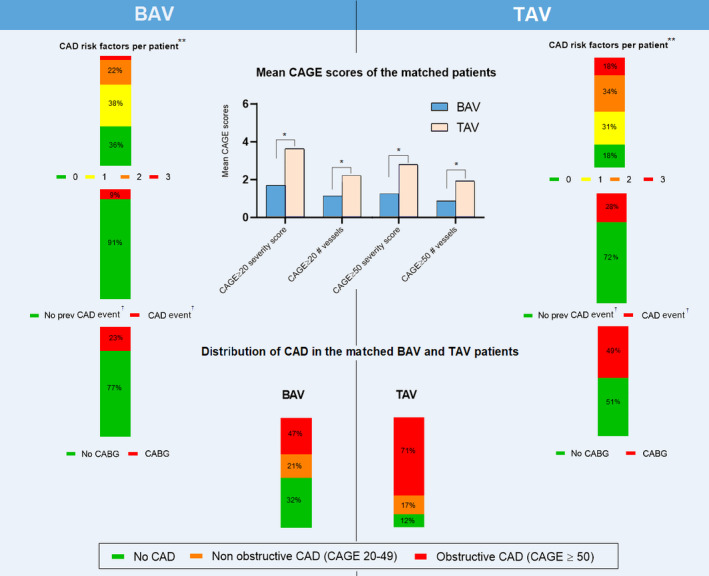Figure 2. Coronary artery disease (CAD) characteristics of the matched patients with bicuspid aortic valve (BAV) and tricuspid aortic valve (TAV).

Assessment of the number of CAD risk factors per patient showed higher amounts of CAD risk factors** per patient in patients with TAV (top row bar diagrams) as compared to BAV patients. The medical histories of patients with TAV displayed higher rates of previous (prev) CAD events as compared to patients with BAV (odds ratio [OR], 4.15; 95% CI, 2.52–6.80; P<0.001) (second row bar diagrams). Concomitant coronary artery bypass grafting (CABG) was more often performed in patients with TAV (OR, 3.50; 95% CI, 2.42–5.06; P<0.001) (third row bar diagrams). Preoperative coronary angiographies showed higher rates of coronary sclerosis (both nonobstructive and obstructive) in patients with TAV, graded using the coronary artery greater even than (CAGE) scores (center bar graph). The bottom bar diagrams display the distribution of obstructive and nonobstructive CAD between patients with BAV and TAV, which shows higher rates of obstructive CAD in patients with TAV. *P<0.001; **Diabetes mellitus, hypertension, and/or hypercholesterolemia; †Previous myocardial infarction or instable angina pectoris.
